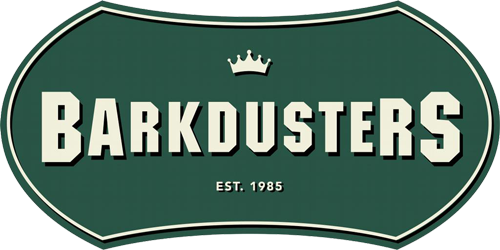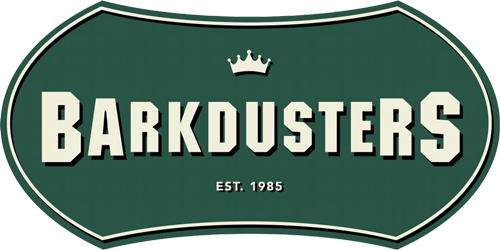Are you wondering about mulch or barkdust in Vancouver Washington? Which is which? Is there a difference? You have property in the great Northwest and you want answers. We’re here to clear up any confusion around mulch and barkdust.
Some people assume, incorrectly but understandably, that mulch and barkdust are essentially the same product. Each product has its own defining characteristics and uses. So, if you are curious about the differences between mulch and barkdust, stay tuned.
For Starters
Both mulch and barkdust can be used as landscape materials or for landscape improvement. Mulch is basically organic matter used for ground covering. But you’ve heard that barkdust is used for ground covering, so is it also mulch? No, it’s not.
Barkdust
Barkdust comes in many varieties. And as you can probably imagine, different bark and the different ways of processing bark will result in varieties of barkdust. From coarse to medium-coarseness to fine, the final product of barkdust can come in many forms.
The outer layer of trees, the bark of trees, is recycled and pressed for wood. Bark is defined as the “corky exterior of trees” and which does not consist of more than 15% wood, according to the Mulch and Soil Council.
Barkdust in Vancouver Washington and other locales, is used for soil temperature regulation, to prevent erosion and retain water, and management of weed growth. It is durable, comes in many iterations (coarse or fine), and is available in many different colors.
Mulch
Mulch is material that is used as an additive to soil for its nutritional and insulating properties. Mulch is often comprised of organic material, such as cut grass, fallen leaves, and decaying compost. The various decaying organic matter is further “mulched,” ground down further, before it is used for its intended purpose.
Should You Use Mulch Or Barkdust In Vancouver, Washington?
This is a question that is best answered depending on the intended use. Again, mulch is good for vegetative nutrient additive, insulating, ground cover that control for weeds. If you want a more colorful aesthetic landscape or desire a soft, natural ground cover then barkdust is the right choice. Note: For landscaping applications, two to three inches of barkdust layer is typically recommended, depending on the particular application. You may want more than one layer.

